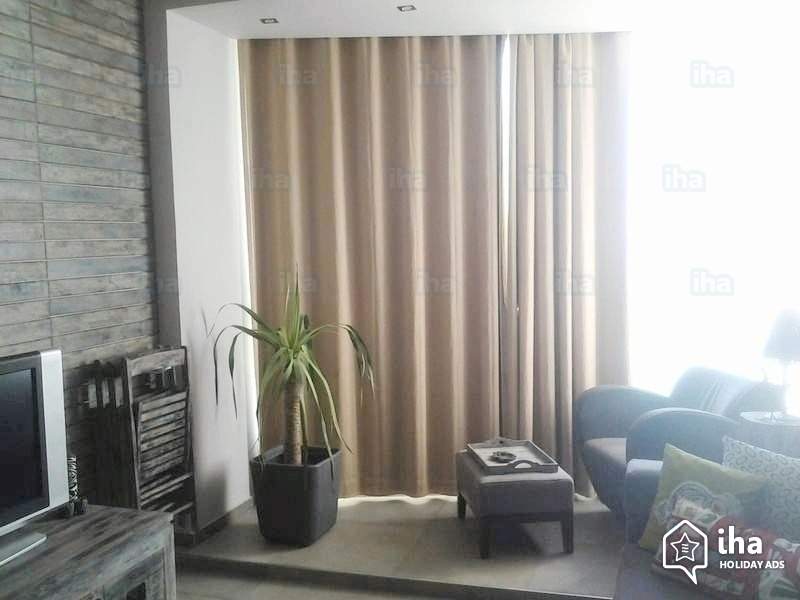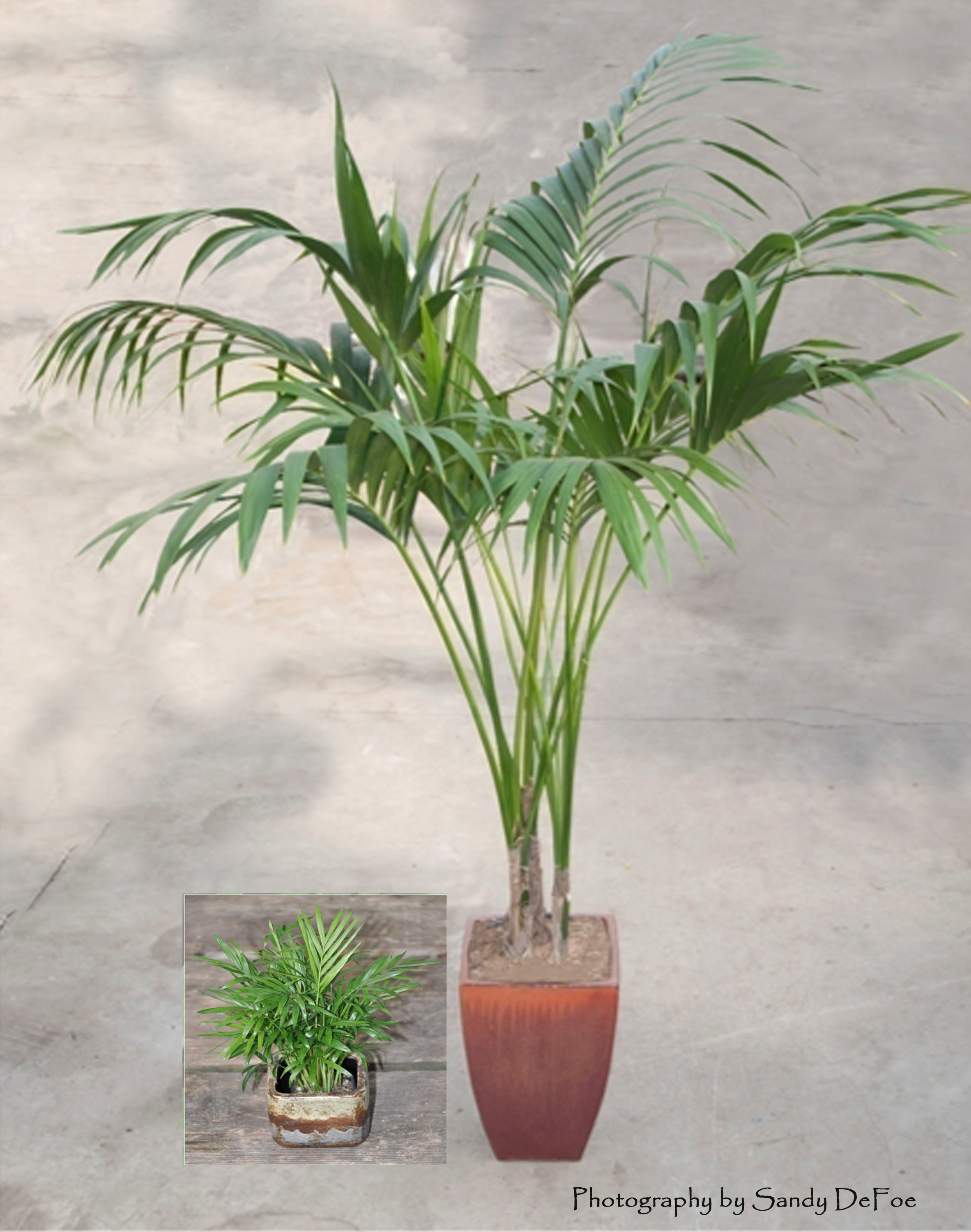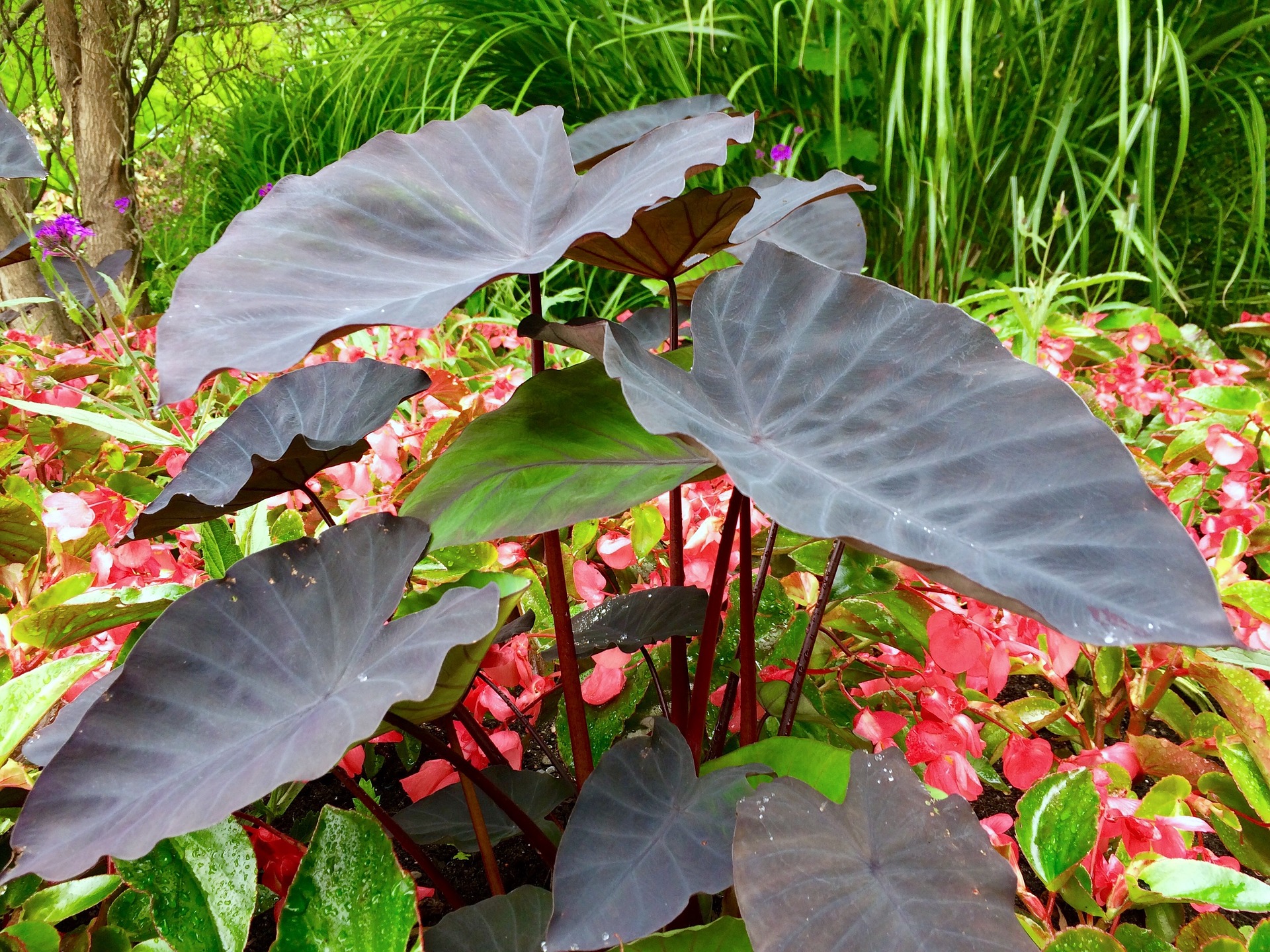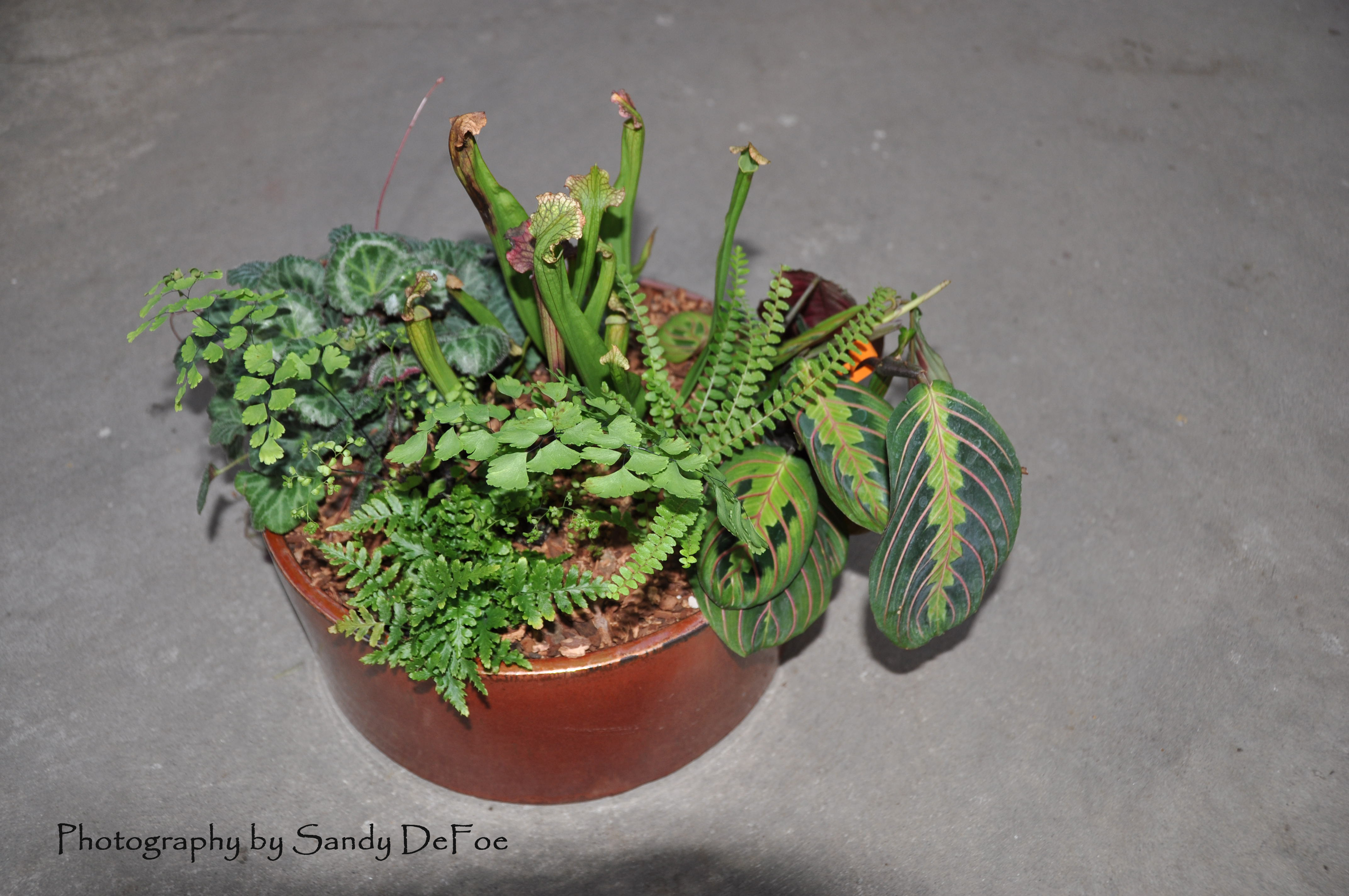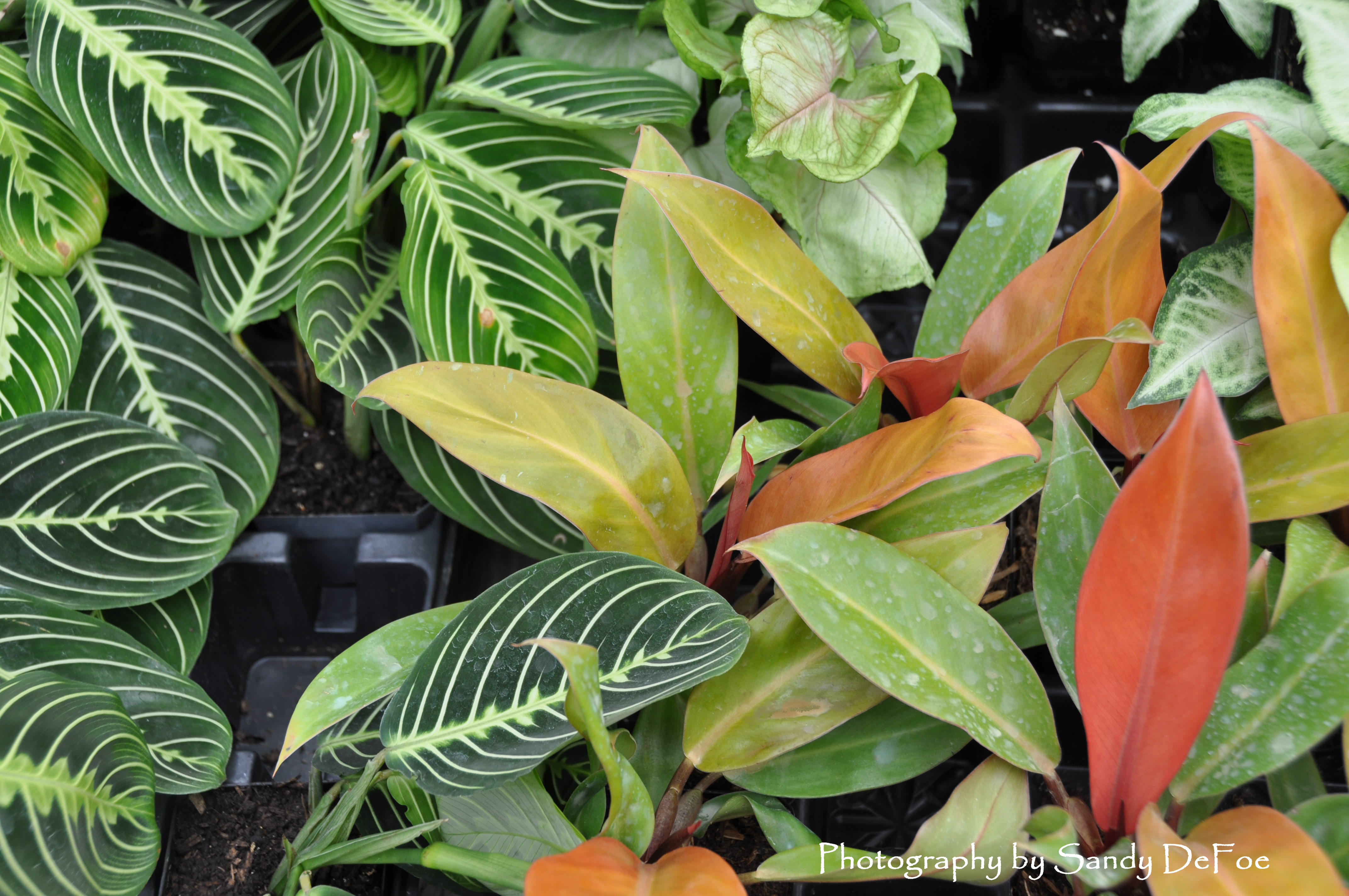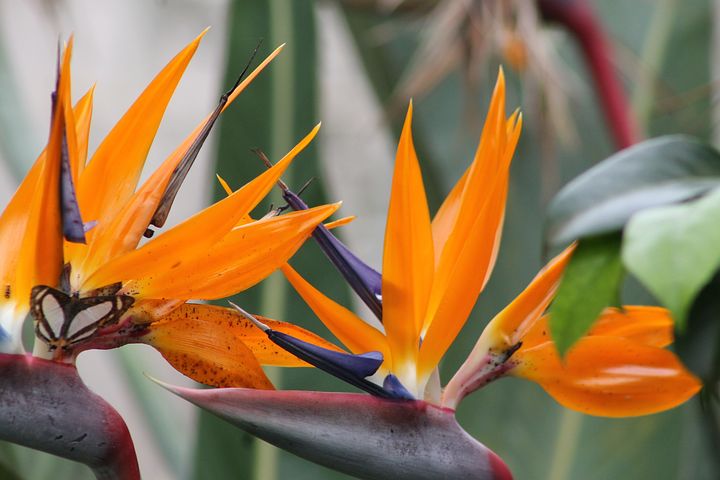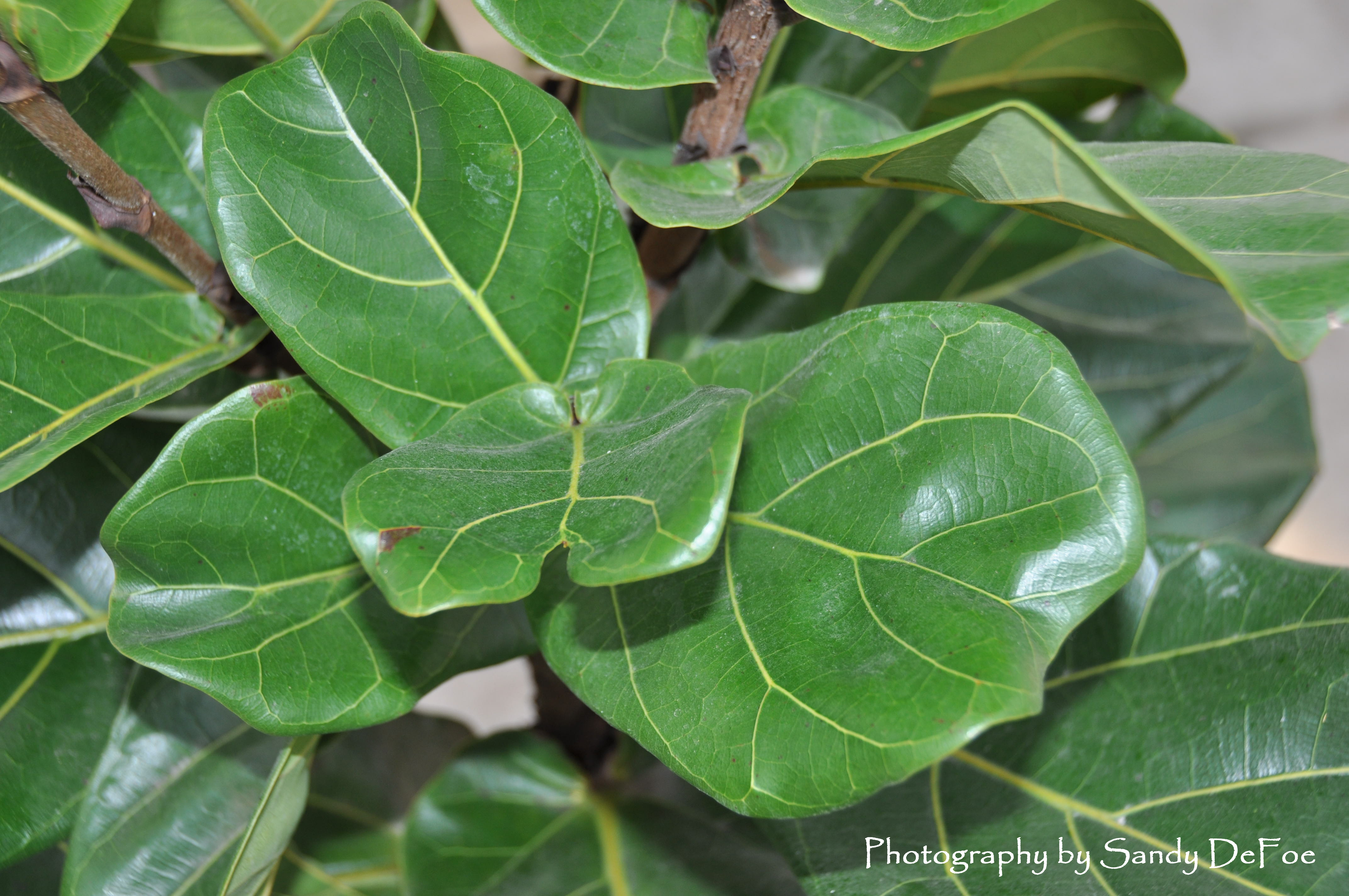Like millions of her followers, I have become intrigued by Marie Kondo’s philosophy on organizing your life. Since reading her book, I have been thinking about which of the things that I hold on to truly give me joy. Of course, pictures of my family came out on top, as did a few pieces of antique china that I inherited from my mother and grandmother. I knew that my books and music collection were important to me, but I had never fully realized how much I valued owning and tending my houseplants until reading her book.
Looking at my plants through Kondo’s lens, it occured to me that how plants are incorporated into our lives plays a huge part in how we respond to them. They can seamlessly blend in, adding to the appeal of the decor of a space, they can become a room’s focal point or they can appear awkward and out of place, as though they were randomly thrown into a spot just to fill an empty space.
There have been a few times over the years when an offhandedly placed plant resulted in a dramatic picture that I loved. Most of the time however, those thoughtlessly placed specimens wound up either moved elsewhere or dead. I have learned that understanding and using design principles helps me to plan and create indoor gardens that become highly prized personal spaces.

The first step in designing an indoor garden is evaluating the physical conditions of the space. In an outdoor garden, you wouldn’t plant a tender, shade loving plant in an unprotected bed in the full sun. Indoor gardens need the same level of thoughtfulness to be successful. Before you begin, think through each of these points:
- How much sunlight does the intended spot receive throughout the day? Will there be adequate natural light, or will the area need supplemental light?
- Is the air stable, or will there be either hot or cold drafts?
- What is the humidity level? Can it be controlled?
- How much space will be available for plants? Is the space primarily horizontal or will a vertical layout be necessary?
- How accessible is the space for routine care? Is it easy to get to, or will it require major time and effort each time the plants need watering or trimming?

Once the environment has been evaluated, then the design can finally begin to emerge. As in any project, it is important to first have an end goal in mind. What type of garden are you creating? Is it a tropical paradise or a desert retreat? What mood do you wish to evoke? Is it calm and reflective or playful and energetic? In Kondo’s words, what would spark joy for you?
Although individual plants can be beautiful standing in isolation, applying basic design principles to a grouping of plants can form a striking visual connection that leads the eye throughout the entire display. The viewer is encouraged to examine the living work of art more closely than with just a passing glance. As a result, the indoor garden invites the observer to immerse themselves in nature, if only for a few healing minutes. Stress melts away as nature does it’s work.
THE DESIGN PRINCIPLES
SCALE
As a design term, scale refers to the size of objects in relation to other objects. It is a term that relates a whole to a whole.
A closely related term, proportion, refers to the size of the parts in relation to the whole.
Both size and proportion are important as we examine scale. If you place plants of a similar size together in a grouping, then you are creating an harmonious scale which results in an orderly, unified display. It can give a feeling of classic, dignified simplicity, but can also be somewhat dull if overused.
Placing plants of sharply different sizes together creates a contrasting scale. A contrasting scale creates a sense of movement that draws the eye from one to focal point to another. It tends to seem more informal than the more uniform harmonious scale. When using a contrasting scale, it is important to make sure that no piece of the display overwhelms the others. Instead, when viewed together the parts should create a cohesive whole.
SHAPE
Houseplants, like their outdoor relatives, have a range of defining shapes. By grouping plants with different shapes, you can create a variety of effects and moods.The four most common shapes of houseplants found in nature are:
Upright
Rosette
Rounded
Trailing
Repeating the same shape either with the same type of plant or with plants that have a similar shape, gives a display that exudes order, symmetry and simplicity. It is impactful; the design carries both strength and visual unity.
As in using plants with contrasting scale, mixing plants with a variety of shapes also adds to a sense of movement and vitality. There is tension in the flowing display. Since indoor gardens with contrasting shapes are often asymmetrical, it’s necessary to achieve a sense of balance as well. Because plants are living, growing entities you may need to keep the plants pruned to maintain the integrity of the design.
COLOR
Although we tend to think of all houseplants as a shade of green, the reality is that nature provides us a variety of colors with which to work. Understanding the emotional impact of individual colors as well as how colors work together and play off of one another are crucial to maximizing the effects of your indoor garden. (For a full discussion on the use of color, see our April 3, 2018, April 10, 2018 and April 12, 2018 blogs )
Through the symbolic meaning of colors, the indoor garden subtly communicates a compelling story. Greens, the predominant color family of houseplant varieties, signal health, abundance and nature itself. Reds communicate drama and excitement, while oranges are friendly and outgoing colors. Yellows are energetic and optimistic colors, whites are pure, innocent and simple. Blues are tranquil. Adding brown shades introduces a feeling of solidarity and blacks give a sense of mystery and a glimpse into the unknown.
Combinations of colors also help to develop the mood of the display. Using adjacent colors, or those that lie next to each other on the color wheel, helps to develop a sense of harmony. On the other hand, opposing colors, those opposite on the color wheel, imply a vibrant tension and energy.
TEXTURE
Often underappreciated and sometimes overlooked when choosing plants for a grouping, the textures of the chosen plants play a crucial role in developing the mood and message of the design. The interplay of light and shadow on the indoor garden are controlled by the characteristics of the foliage, stems and branches. Smooth, shiny foliage lets light bounce off and can make an indoor garden sparkle, lightening the mood. Darker, velvety foliage (think velvet plant) absorbs the light and gives a softer, more muted appearance and mood.
Choosing to use plants of similar textures results in a unified display that appears classically clean, simple and refreshing. There is a sense of balanced harmony. Using plants with starkly contrasting textures tends to create an indoor garden that communicates drama and tension. It is introspective as the observer’s focus is drawn more to the individual textures than to the sense of a whole unit.The visual weight of foliage is also important to consider as you plan your display. A fern’s light, feathery leaf, for example. can be easily overtaken by the dense, heavy leaf of a rubber tree. Including more of the lighter textures would help assure balance to the design.
Becoming acquainted with Marie Kondo’s emphasis on surrounding yourself with those things that bring you joy has helped me rekindle my love for indoor gardening and has made me realize how much more there is to learn! Join the Embassy team next week as we continue to explore the world of houseplants.


